Health workers are the front line in our defense against the coronavirus pandemic – including hundreds of Iranian Baha’i doctors and nurses. But they are not in Iran; instead, they live in countries around the world, treating their patients, where they are admired and praised by the people and governments of the countries where they live. The one country where they cannot do their work is Iran.
Many of these doctors and nurses – who studied and served in Iran – lost their jobs after the 1979 Islamic Revolution. They were expelled from the universities and their public sector jobs, barred from practicing medicine, jailed and tortured, and a considerable number of them perished on the gallows or in front of firing squads.
The crime of these Baha’i doctors, nurses and other health workers was their faith in a religion that the rulers of the Islamic Republic believe is a “deviant” faith.
In a new series of articles, called “For the Love of Their Country,” IranWire tells the stories of some of these Iranian Baha’i doctors and nurses. In this installment you will read the story of Dr. Heshmatollah Rouhani, a Baha'i from Najafabad, who disappeared along with members of the Iranian Baha'i community's National Spiritual Assembly in the first months after the 1979 Islamic Revolution.
If you know a Baha’i health worker and have a first-hand story of his or her life, let IranWire know.
Childhood
Heshmatollah Rouhani was born in 1931 to a Baha’i family in Najafabad near Isfahan. His father Yadollah was a textile merchant and had a thriving business.
In those years, with 4,000 Baha’i residents, Najafabad at the time was a small town but it had a large number of Baha’is – 4,000 of residents were members of the community – and a considerable share of the local agricultural economy was owned by Baha’is. And of the four doctors in town, three of them, named Boroumand, Mahjour and Modrek, were also Baha’is.
Najafabad also had two Baha’i schools: one for girls and one for boys. The Baha’is had established schools in various towns and villages around Iran. The schools were modern, and very different from the maktab, the traditional elementary schools that existed in Iran and other Muslim countries in the 19th and early 20th centuries.
The schools were not exclusively for Baha’is and they accepted students from all faiths. Curricula used followed government guidelines and there were no Baha’i religious classes. Corporal punishment was also not used – despite being a common practice in other Iranian schools. Other innovations at Baha’i schools included emphasis on physical education and the teaching of English language at a time when French was the foreign language commonly taught at Iranian schools.
Most significant of all was that the Baha’is also established the first schools for girls in rural areas across Iran.
Most Baha’i families in towns and villages that did have Baha’i schools sent their children to these schools. The Rouhani family was no exception. The Baha’i school for boys, in Najafabad, was named Sa’adat.
In 1934, however, the Ministry of Education under Iran’s ruler, Reza Shah Pahlavi, closed Baha’i schools in the country; about 50 institutions were closed. And after the Sa’adat School in Najafabad was shut down, Baha’i women started teaching elementary school classes at their homes.
The high number of Baha’is in Najafabad had given rise to friendly and even familial connections with the Muslim residents of the city. But there were also some fanatics in the area – they harassed the Baha’is at the incitement of local clerics. Extremist teachers cursed Baha’i children in their classes or looked for an excuse to deliver physical punishments. And if a Baha’i child passed in front of a shop owned by one of these zealots they would be in danger of being stoned.
Heshmatollah was home schooled until the fifth grade when he then attended a public school. He graduated from primary school with excellent grades. His family then moved to the city of Golpayegan in the same province. He finished the first year of high school in Golpayegan. But after spending a year in the town, the family was forced to leave, never to return; they were being harassed by local fanatics in various ways, such as being barred from the public bathhouse.
Heshmatollah finished the eighth and ninth grades in Najafabad. The town had no secondary school to Heshmatollah went to Isfahan to finish his school..
High School Diploma and Medical School
Isfahan had three modern high schools, Saadi, Adab and Sarmayeh, each chosen by students depending on their interests. Students who wanted to pursue medicine chose Saadi because of its focus on natural sciences. Budding engineers went to Adab and others, who were interested in literature or wanted to become white-collar workers, chose Sarmayeh.
Heshmatollah wished to study medicine so he registered at Saadi High School and finished there – at the historical and the picturesque Naqsh-e Jahan Square in Isfahan. The school, with a 100-year history, was one of the largest and most modern high schools in Iran before the 1979 Islamic Revolution.
After receiving his high school diploma in natural sciences, he registered at the newly founded Isfahan Medical School. After receiving his degree in medicine, Heshmatollah started his military service as an army doctor and was sent to Semnan in northern central Iran.
The Medical Practice
Heshmatollah Rouhani completed his military service and went to Kashan, in Isfahan province, and was hired by the local Social Security Bureau. He wanted to help low-income people and Social Security clinics was the place for it as those clinics charged a minimum that workers and the underprivileged could afford.
Heshmatollah, now Dr. Rouhani, was after some years transferred to the Social Security clinic in Karaj near Tehran. Dr. Rouhani’s reputation for his work ethic and honesty saw him appointed as head of the clinic. He served in Karaj for a few years and was then appointed head of the clinic in Shahr-e Rey south of Tehran. He was then transferred to Cyrus the Great Clinic in the northern Tehran neighborhood of Shemiran and ran that clinic until he was arrested.
Dr. Rouhani loved his work, But his approach was different from his colleagues. He never had his own private practice (except for a short time in Karaj) and was content with the salary he received from Social Security. He believed that attending to a private clinic would negatively affect the service he provided as a physician.
On holidays and weekends, he would visit underprivileged areas near his home and treated those in need of medical attention for free, providing them also with free medication. He explained medical terms and concepts to his patients in simple language and encouraged them to visit the clinic if they had any problems.
Dr. Rouhani did this for free, and for many years, before he was arrested. His visits made him a trustworthy person in the eyes of workers and the poor – and they were surprised and upset when he was arrested.
Social Security clinics were noisy and overcrowded with more outpatients than there was capacity to treat. Many of them were not literate enough to follow instructions for seeking treatment. Physical quarrels were common among patients or between the patients and clinic personnel.
Dr. Rouhani was commended many times by the management of Social Security for his equanimity and serenity in dealing with patients, for his careful treatment of them, and for his colleagues’ appreciation of his work. The clinics were difficult places to work; few doctors wanted to be in that environment, but Dr. Rouhani, who was dedicated to serving the poor and the needy, embraced the clinics, which is why he rose quickly through the ranks. The Social Security authorities even decided that Dr. Rouhani was the most qualified person to bring efficiency and order to the chaotic clinics in Shahr-e Rey and Karaj and, finally, in Tehran.
Heshmatollah Rouhani believed that the satisfaction of patients was the first responsibility of the clinic and he would tell his colleagues that no patient should leave unhappy.
Cronyism and the soliciting of bribes for appointments was stopped under his management. But even the clinic personnel liked Dr. Rouhani. He was one the few managers who spoke to senior management and appealed for raises or promotions for his colleagues. Few managers did this at the time – saying that the advancement of their colleagues had nothing to do with them.
Arrest and Forced Disappearance
On August 21, 1980, at 4pm, armed members of the Revolutionary Guards’ Special Strike Unit raided a meeting of the Baha’i National Spiritual Assembly of Iran and arrested its nine members, along with Dr. Heshmatollah Rouhani and Dr. Yousef Abbasian, who had joined the meeting for consultations, and the landlord of the property. The detainees were taken to an unknown location – although the landlord was released before they arrived at their destination. No information about the fate of these 11 Iranian Baha’is has ever surfaced.
The families of these 11 visited Ali Ghodoosi, Attorney-General of the Islamic Revolution, Ayatollah Mohammad Beheshti, head of the Supreme Court and Akbar Hashemi Rafsanjani, speaker of Parliament, but could not get any answers.
“Our family met with Mr. Rafsanjani, who was the speaker of Parliament at the time,” Shahin Sadeghzadeh Milani, the daughter of one those kidnapped, later said. “He promised to follow up. After a week or two, he said that according to his investigation, the members of this group had secretly fled to Israel via an abandoned airport.
“Our family [also] met with Beheshti and Ghodoosi. They went to President Bani Sadr’s office. But none of them gave any useful information and had nothing to offer. To this day, sometimes we will hear from someone, who says they heard from another person, saying that such and such happened, or that there was someone in prison … But none of it has been reliable. We are in the dark: we do not know what happened.”
On September 10, 1980, Rafsanjani revealed that 11 Baha’is had been arrested but added that the families of the detainees could not meet them until interrogations were completed. A month later, on October 9, 1980, he [changed his story] and claimed the government had not arrested any members of the Baha’i National Spiritual Assembly. He instead blamed an “independent” group for their disappearance. And Ayatollah Beheshti told a family member that “We wanted to arrest these individuals but another group beat us to it."
Forty years later, no information about the fate of these 11 Iranian Baha’is, who were kidnapped by the Islamic Republic, has ever surfaced.





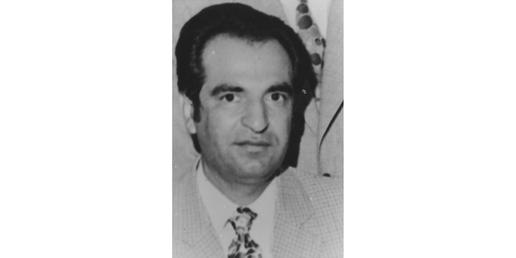
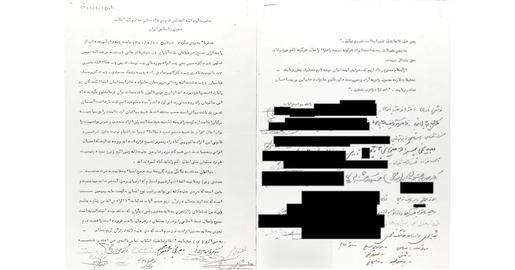


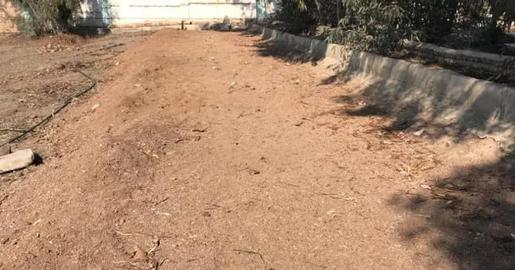
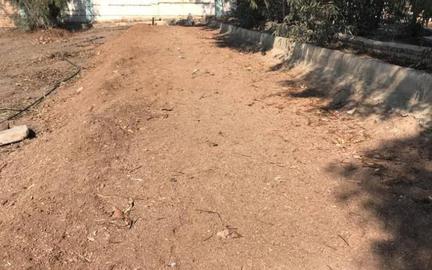

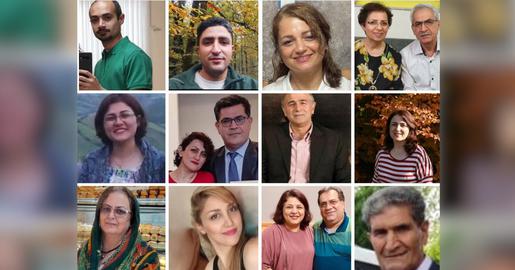
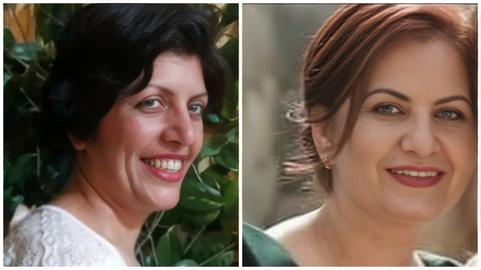

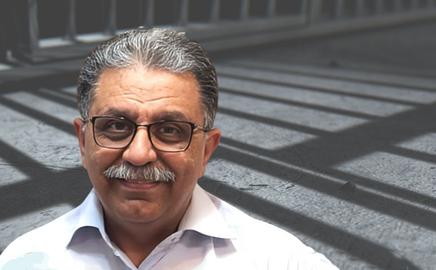
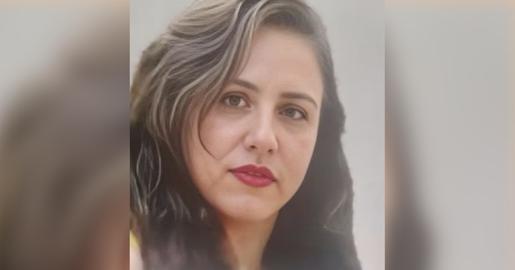
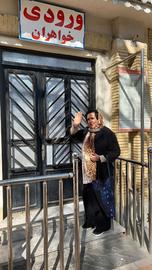
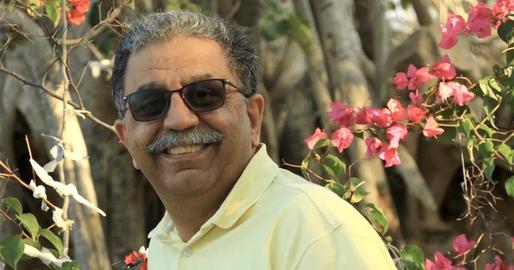



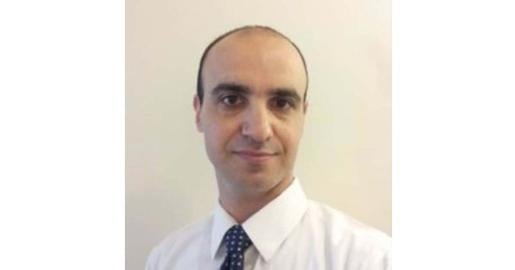
comments